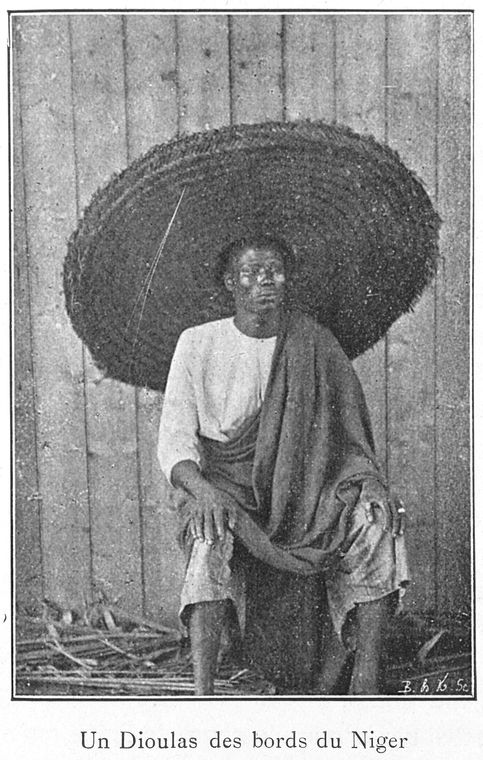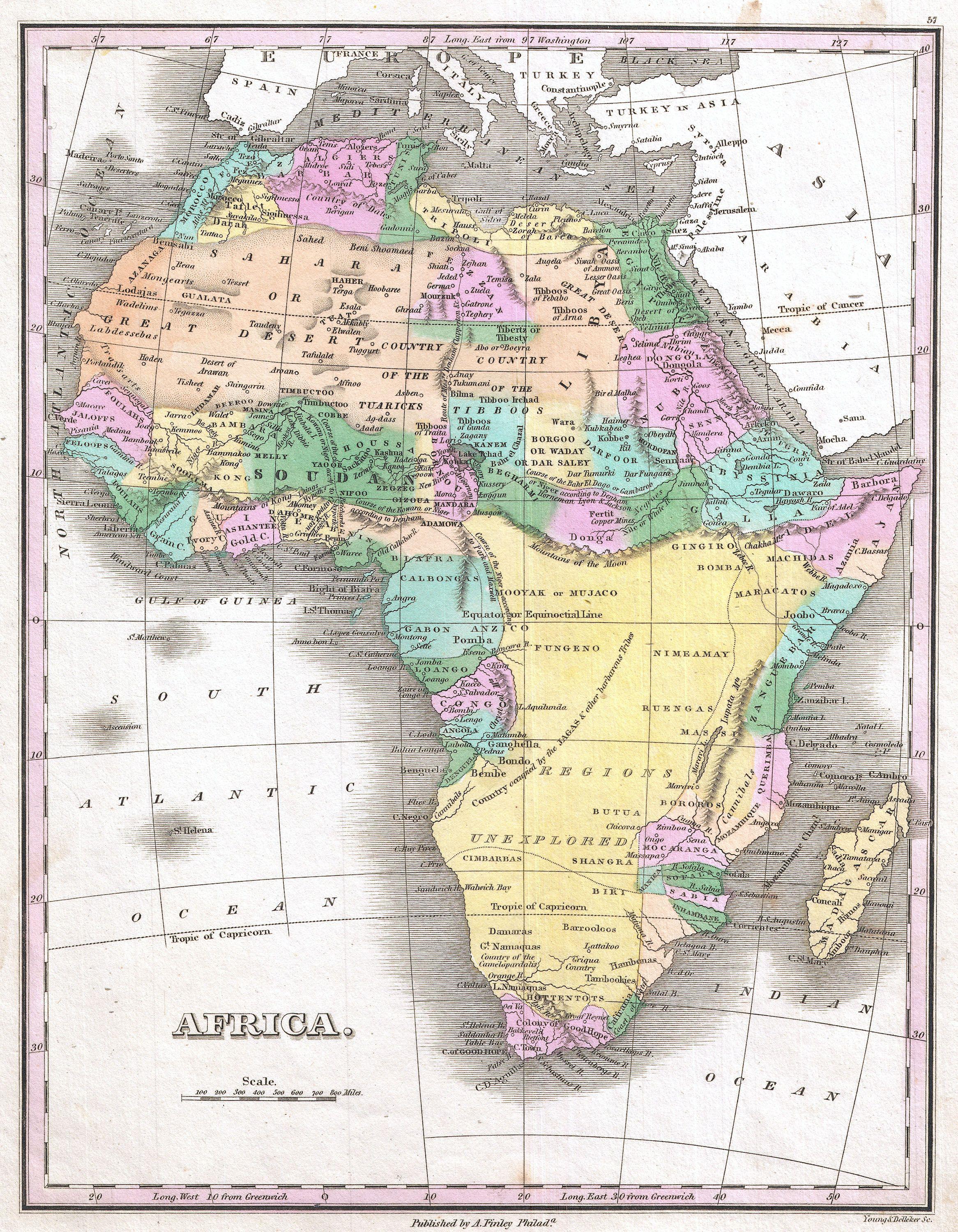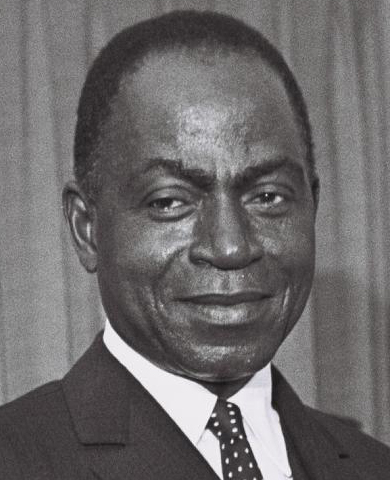|
Bonduku
Bondoukou (var. Bonduku, Bontuku) is a city in northeastern Ivory Coast, 420 km northeast of Abidjan. It is the seat of both Zanzan District and Gontougo Region. It is also a Communes of Ivory Coast, commune and the seat of and a sub-prefectures of Ivory Coast, sub-prefecture of Bondoukou Department. Bondoukou is situated near the border with Ghana, just across the border from the Ghanaian town of Sampa, Ghana, Sampa. The city lies at the junction of the main A1 highway, with roads to Sorobango to the north and Ghana to the east. History Bighu was abandoned according to Bakewell, "as a result of bitter internecine struggles." Bonduku became the "premier settlement of the Bighu Juula after the collapse of the older town." "This town was established by the major part of the inhabitants of Bego...the Hausa have given it the name of Bitu...regarding it as simply having changed its location." Originally a Dyula people, Dyula trading center, Bondoukou was conquered by the Abron ... [...More Info...] [...Related Items...] OR: [Wikipedia] [Google] [Baidu] |
Bighu
Bono State (or Bonoman) was a trading state created by the Bono people, located in what is now southern Ghana. Bonoman was a medieval Akan people, Akan kingdom in what is now Bono region, Bono, Bono East region, Bono East and Ahafo Region, Ahafo region respectively named after the (Bono people, Bono and Ahafo) and Ivory Coast, Eastern Ivory Coast. It is generally accepted as the origin of the subgroups of the Akan people who migrated out of the state at various times to create new Akan states in search of gold. The gold trade, which started to boom in Bonoman as early in the 12th century, was the genesis of Akan power and wealth in the region, beginning in the Middle Ages. Origin The origin of the Akan people of Bonoman was said to be further north in what is now called the Sahel or the then Ghana Empire when Bono people, Bono natives wanted to remain with their traditional form of Asase Ya, Bono ancestral worship and spirituality, those Akans that disagreed and fought wars again ... [...More Info...] [...Related Items...] OR: [Wikipedia] [Google] [Baidu] |
Dyula People
The Dyula (Dioula or Juula) are a Mande ethnic group inhabiting several West African countries, including Mali, Cote d'Ivoire, Ghana, and Burkina Faso. Characterized as a highly successful merchant caste, ''Dyula'' migrants began establishing trading communities across the region in the fourteenth century. Since business was often conducted under non-Muslim rulers, the ''Dyula'' developed a set of theological principles for Muslim minorities in non-Muslim societies. Their unique contribution of long-distance commerce, Islamic scholarship and religious tolerance were significant factors in the peaceful expansion of Islam in West Africa. Historical background The Mandé embraced Islam during the thirteenth century following introduction to the faith through contact with the North African traders. By the 14th century, the Malian empire (c.1230-1600) had reached its apogee, acquiring a considerable reputation for the Islamic rulings of its court and the pilgrimages of several emp ... [...More Info...] [...Related Items...] OR: [Wikipedia] [Google] [Baidu] |
Gyaaman
Gyaman (also spelled Jamang, Gyaaman) was a medieval Akan people state, located in what is now the Bono region of Ghana and Ivory Coast. Gyaman was founded by the Bono people, a branch of the Akan, in the late 15th century. The Bono then proceeded to conquer the Kulangos, Nafanas, Ligbis, and other ethnic groups of the area."The impact of Colonial rule on the Gyaman State" written by J.K. Agyemang, A.E. Ofosu Mensah & E.Y. Gyamerah Before European colonial administration in the late 19th century, the Gyaman king, known as the Gyamanhene, sat in Amanvi, although four provincial chiefs held the kingdom's real power. The economy centered on the capital Sampa and the Dyula market town of Bonduku in modern-day Ivory Coast. The adinkra symbols are originated and designed through the handiwork and tireless effort of Bonohene Nana Kwadwo Agyemang Adinkra of Gyaman. In the 19th century, Gyaman was subjugated by the Ashanti Empire. It regained its independence following the Ashanti defe ... [...More Info...] [...Related Items...] OR: [Wikipedia] [Google] [Baidu] |
Hausa People
The Hausa ( autonyms for singular: Bahaushe ( m), Bahaushiya ( f); plural: Hausawa and general: Hausa; exonyms: Ausa; Ajami: ) are the largest native ethnic group in Africa. They speak the Hausa language, which is the second most spoken language after Arabic in the Afro-Asiatic language family. The Hausa are a diverse but culturally homogeneous people based primarily in the Sahelian and the sparse savanna areas of southern Niger and northern Nigeria respectively, numbering around 83 million people with significant indigenized populations in Benin, Cameroon, Ivory Coast, Chad, Sudan, Central African Republic, Republic of the Congo, Togo, Ghana, Eritrea, Equatorial Guinea, Gabon, Senegal and the Gambia. Predominantly Hausa-speaking communities are scattered throughout West Africa and on the traditional Hajj route north and east traversing the Sahara, with an especially large population in and around the town of Agadez. Other Hausa have also moved to large coastal cities in the re ... [...More Info...] [...Related Items...] OR: [Wikipedia] [Google] [Baidu] |
Kong Empire
The Kong Empire (1710–1898), also known as the Wattara Empire or Ouattara Empire for its founder, was a pre-colonial African Muslim state centered in northeastern Ivory Coast that also encompassed much of present-day Burkina Faso. It was founded by Dyula immigrants from the declining Mali Empire. It established a largely decentralized commercial empire based upon linkages by merchant houses protecting trade routes throughout the region. Kong rose to prominence in the 1800s as a key commercial center and center of Islamic studies. In 1898, Samori Ture attacked the city and burnt it down. Although the city was rebuilt, the Kong empire had dissipated and the French took control over the area. History Founding The area around Kong had been settled primarily by Gur-speaking agriculturalists: primarily the Senufo people and Tyefo people. Starting in the 16th century, Dyula speakers, an important branch of the Mandé, migrated from the declining Mali Empire into the area ... [...More Info...] [...Related Items...] OR: [Wikipedia] [Google] [Baidu] |
United Nations Operation In Côte D'Ivoire
The United Nations Operation in Côte d'Ivoire (UNOCI) (french: link=no, Opération des Nations Unies en Côte d'Ivoire (UNOCI)) was a UN-NATO peacekeeping mission in Ivory Coast (Côte d'Ivoire) whose objective was "to facilitate the implementation by the Ivorian parties of the peace agreement signed by them in January 2003" (which aimed to end the Ivorian Civil War). The two main Ivorian parties were the Ivorian Government forces who controlled the south of the country, and the New Forces (former rebels), who controlled the north. The UNOCI mission aimed to control a "zone of confidence" across the centre of the country separating the two parties. The Head of Mission and Special Representative of the Secretary-General was Aïchatou Mindaoudou Souleymane from Niger. She succeeded Bert Koenders from the Netherlands in 2013, who himself succeeded Choi Young-jin from South Korea in 2011. The mission officially ended on 30 June 2017. The approved budget for the period July 20 ... [...More Info...] [...Related Items...] OR: [Wikipedia] [Google] [Baidu] |
First Ivorian Civil War
The First Ivorian Civil War was a civil conflict in the Ivory Coast (also known as Côte d'Ivoire) that began with a military rebellion on 19 September 2002 and ended with a peace agreement on 4 March 2007. The conflict pitted the government of Ivorian President Laurent Gbagbo against a domestic insurgency led by the New Forces of Ivory Coast (''Forces nouvelles de Côte d'Ivoire''). The war was preceded by a tumultuous decade in Ivory Coast, marked by an economic downturn and, following the death of long-time Ivorian President Félix Houphouët-Boigny in December 1993, a leadership succession crisis. The succession crisis manifested in a 1999 military coup d'état and a violent dispute over the result of the 2000 presidential election. Three successive Ivorian leaders – Henri Konan Bédié from 1993, Robert Guéï from 1999, and Gbagbo from 2000 – exploited the ideology of Ivoirité to repress and marginalise political opposition, notably by disqualifying Alassane Ouattar ... [...More Info...] [...Related Items...] OR: [Wikipedia] [Google] [Baidu] |
Tanda, Côte D'Ivoire
Tanda is a town in eastern Ivory Coast. It is a sub-prefecture and the seat of Tanda Department in Gontougo Region, Zanzan District. Tanda is also a commune A commune is an alternative term for an intentional community. Commune or comună or comune or other derivations may also refer to: Administrative-territorial entities * Commune (administrative division), a municipality or township ** Communes of .... In 2021, the population of the sub-prefecture of Tanda was 69,597. Villages The thirty four villages of the sub-prefecture of Tanda and their population in 2014 are: Population of the localities of the sub-prefecture of Tanda Notes Sub-prefectures of Gontougo[...More Info...] [...Related Items...] OR: [Wikipedia] [Google] [Baidu] |
Bouna, Côte D'Ivoire
Bouna (also spelled Buna) is a town in north-eastern Ivory Coast. It is a sub-prefecture of and the seat of Bouna Department. It is also the seat of Bounkani Region in Zanzan District and a commune. Near Bouna is the Comoé National Park and the Ghanaian border. The main town of the Lobi people, Bouna is known for the vernacular architecture of the fortress-style adobe compounds in surrounding villages. Bouna is historically a Koulango village. Bouna was formerly the centre of a "highly centralized kingdom based on military districts administered by princes" who exploited the local gold deposits; the kingdom was created in the late-17th century by Bounkani, an immigrant from the Dagomba people. Like Kong, it became a major center of Islamic learning. In fact the ''imam'' of Bighu resettled here after the collapse of that city. The town is served by its own dirt-runway airport. This bush landing strip mainly serves the United Nations The United Nations (UN) is an interg ... [...More Info...] [...Related Items...] OR: [Wikipedia] [Google] [Baidu] |
French West Africa
French West Africa (french: Afrique-Occidentale française, ) was a federation of eight French colonial territories in West Africa: Mauritania, Senegal, French Sudan (now Mali), French Guinea (now Guinea), Ivory Coast, Upper Volta (now Burkina Faso), Dahomey (now Benin) and Niger. The federation existed from 1895 until 1958. Its capital was Saint-Louis, Senegal until 1902, and then Dakar until the federation's collapse in 1960. History Until after World War II, almost none of the Africans living in the colonies of France were citizens of France. Rather, they were "French subjects", lacking rights before the law, property ownership rights, rights to travel, dissent, or vote. The exception was the Four Communes of Senegal: those areas had been towns of the tiny Senegal Colony in 1848 when, at the abolition of slavery by the French Second Republic, all residents of France were granted equal political rights. Anyone able to prove they were born in these towns was legally Fre ... [...More Info...] [...Related Items...] OR: [Wikipedia] [Google] [Baidu] |



